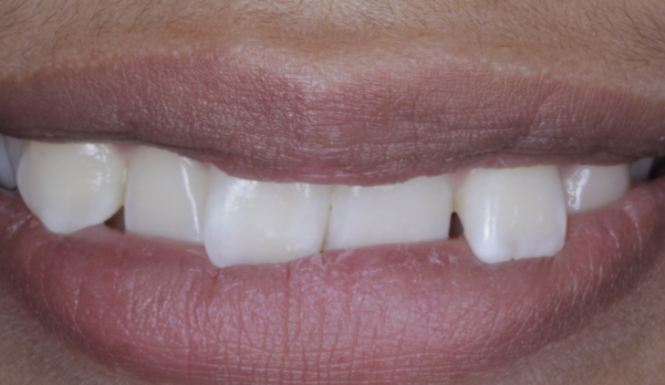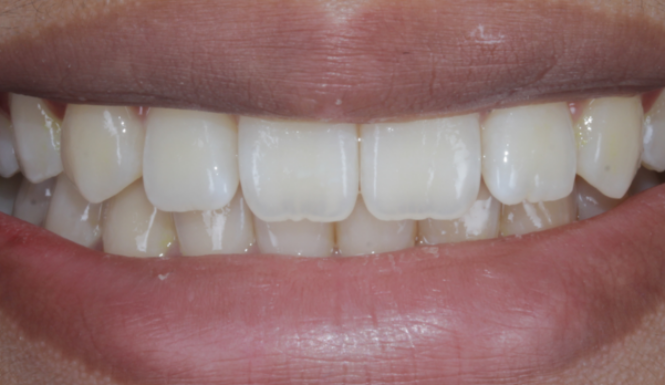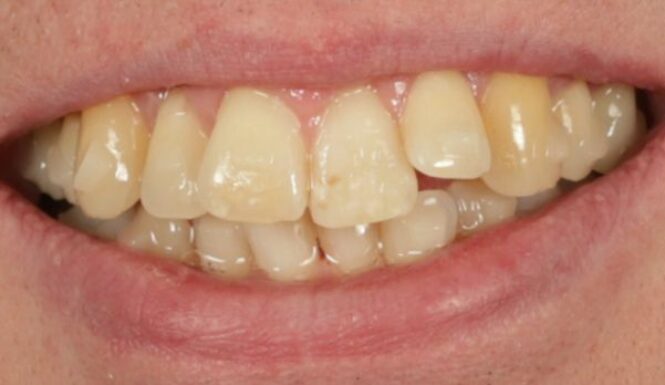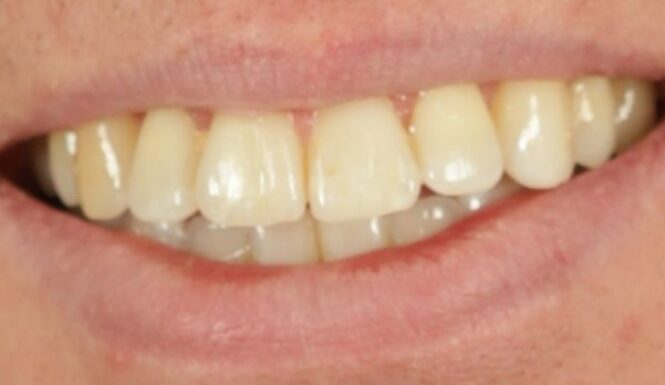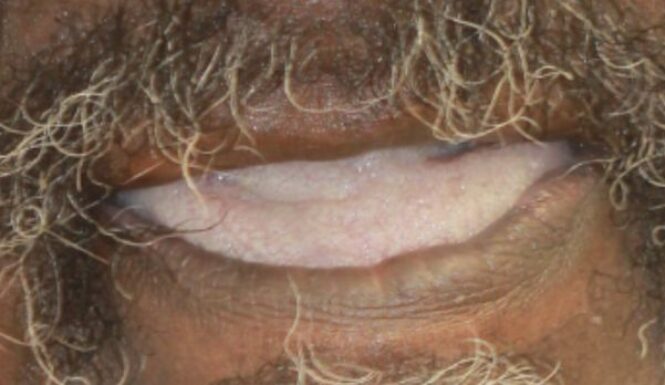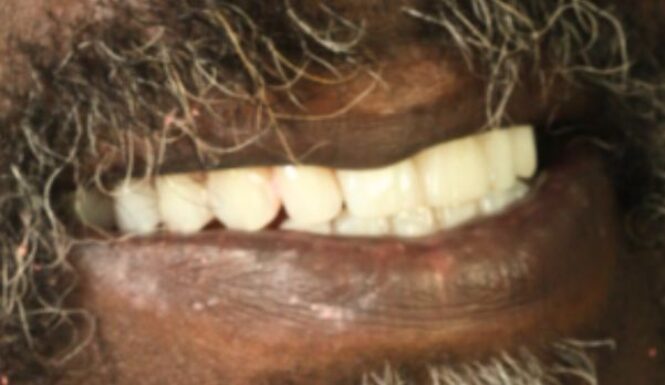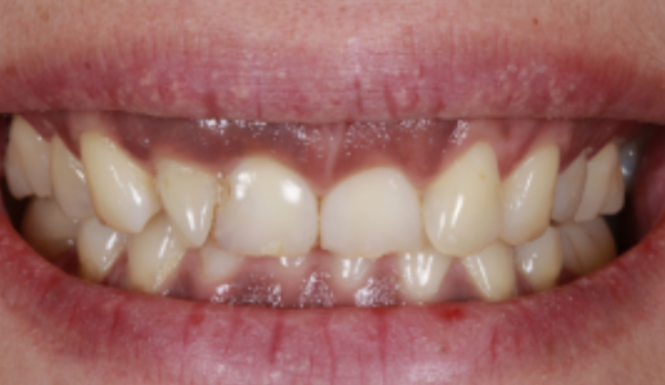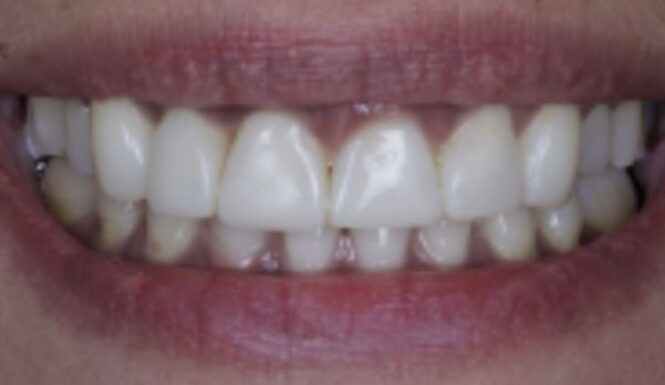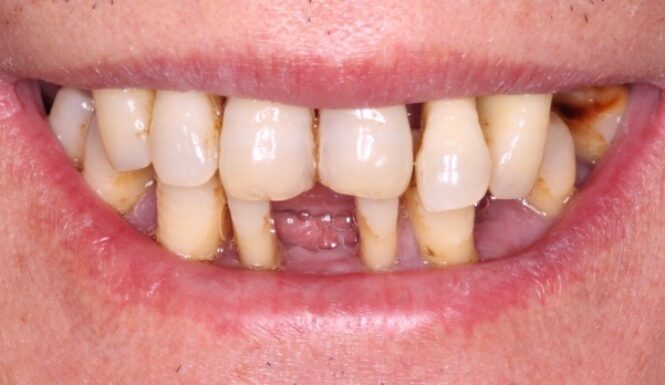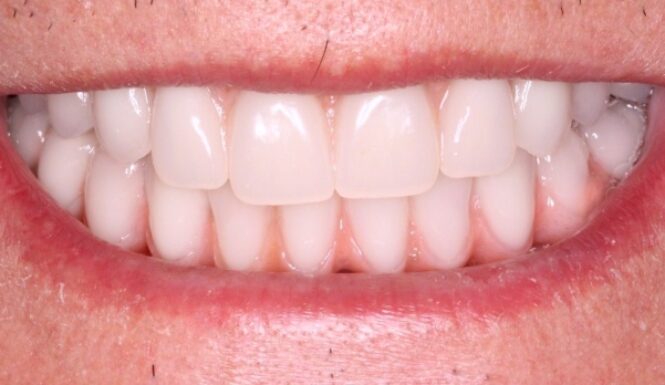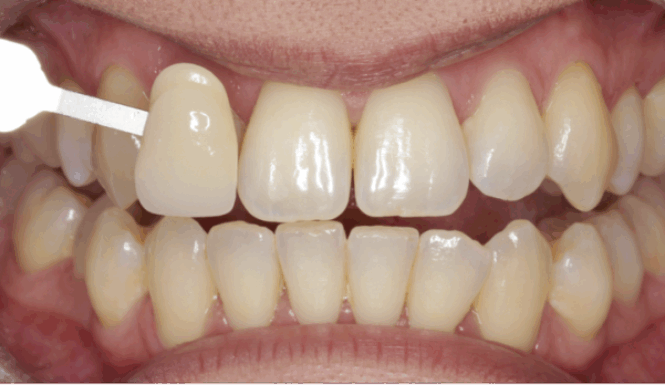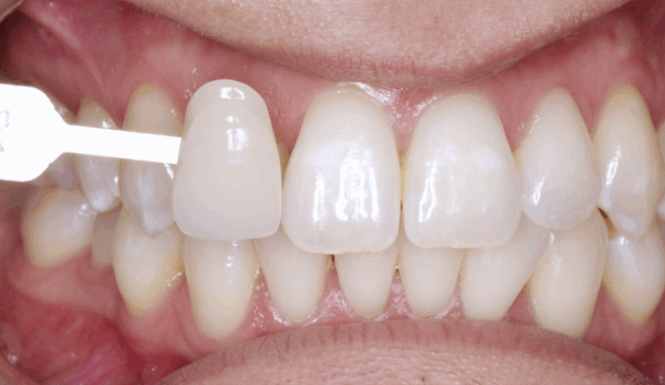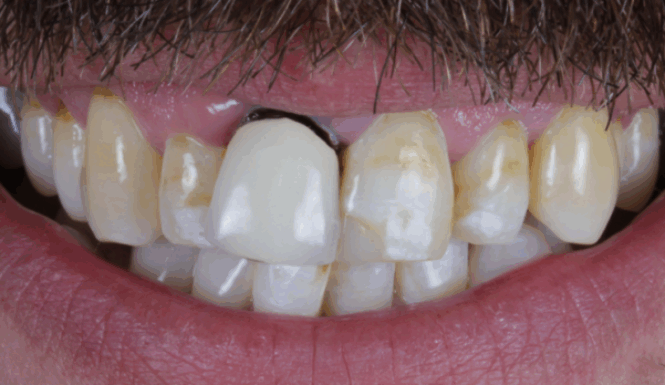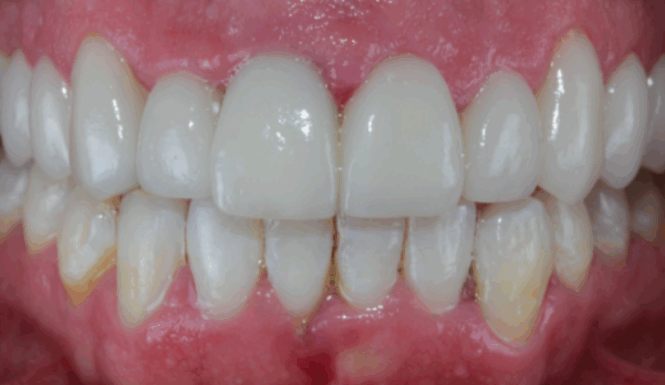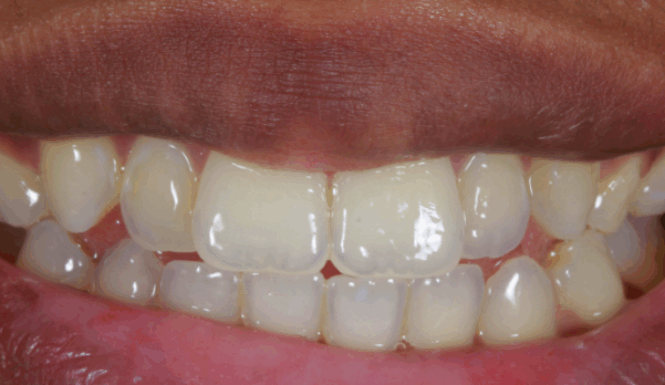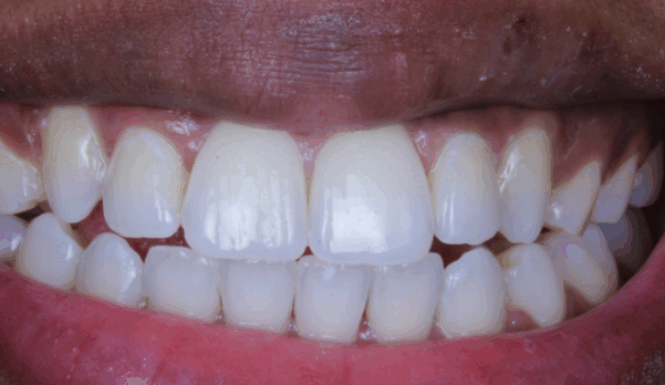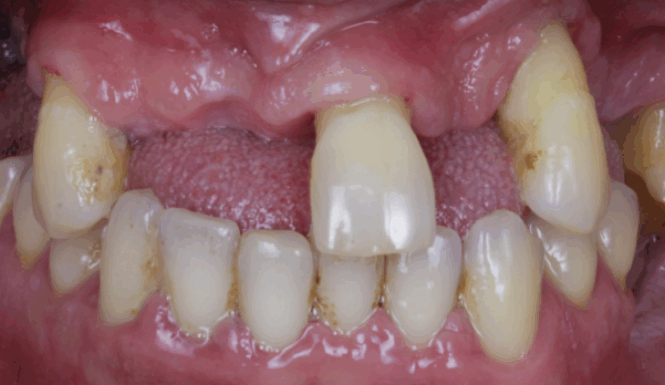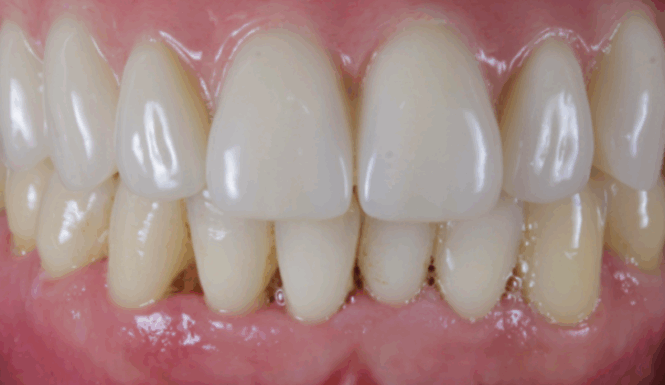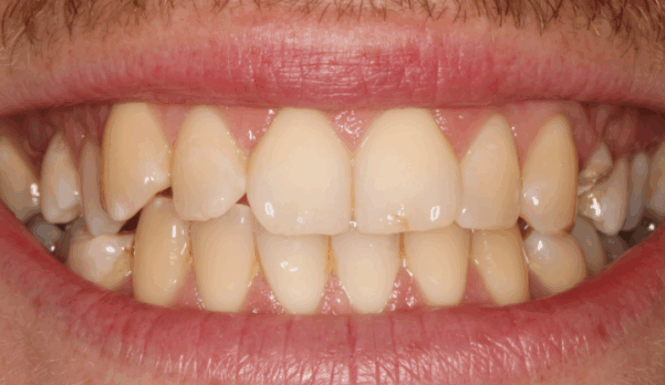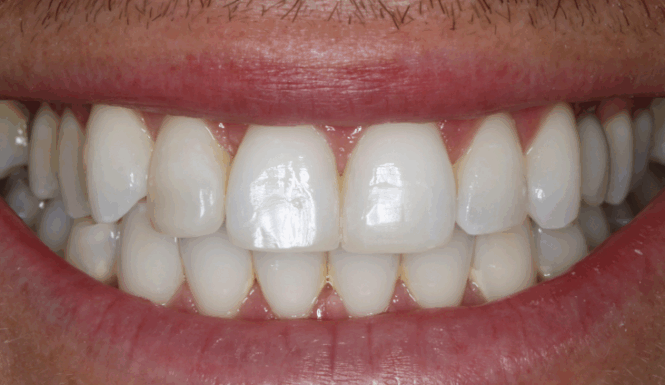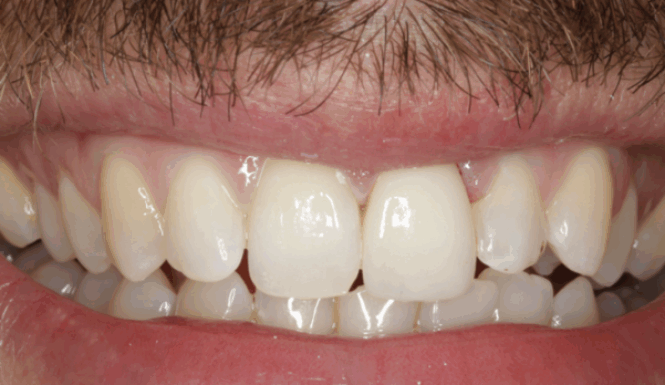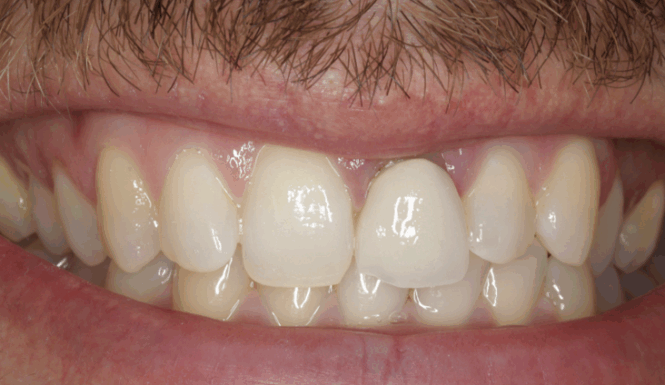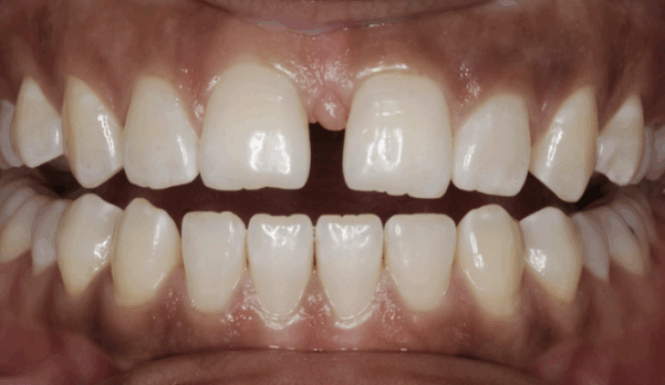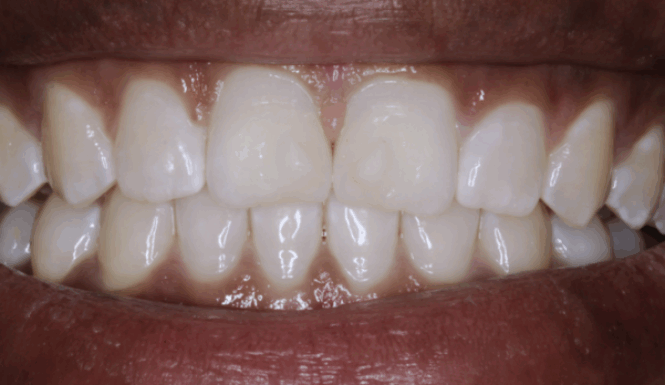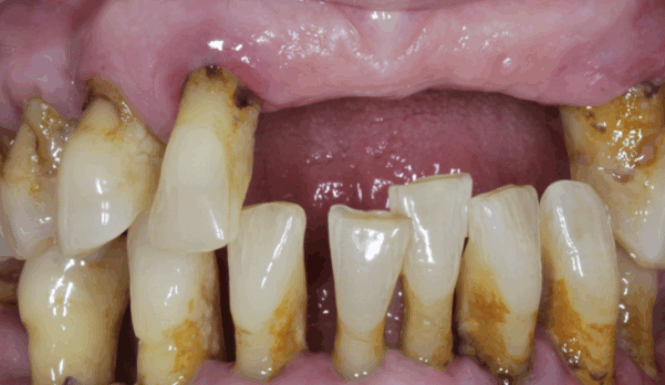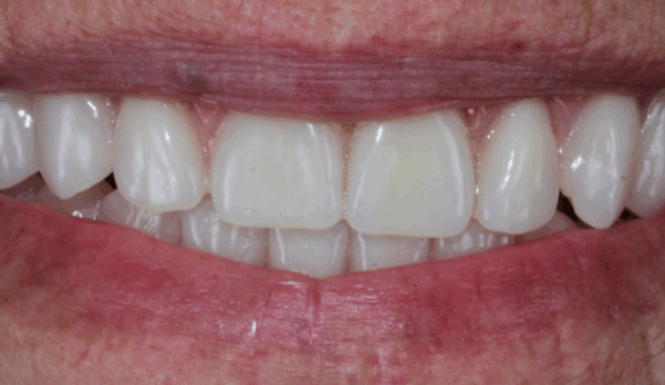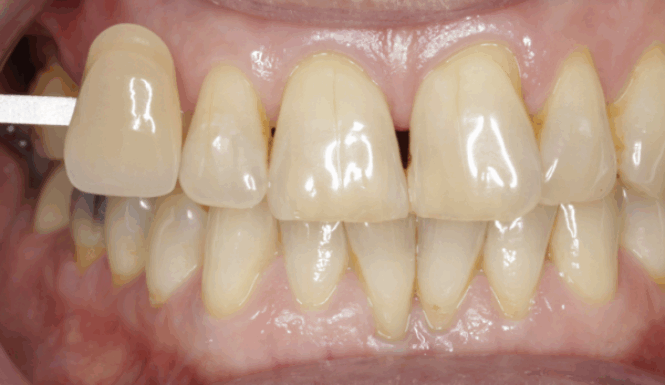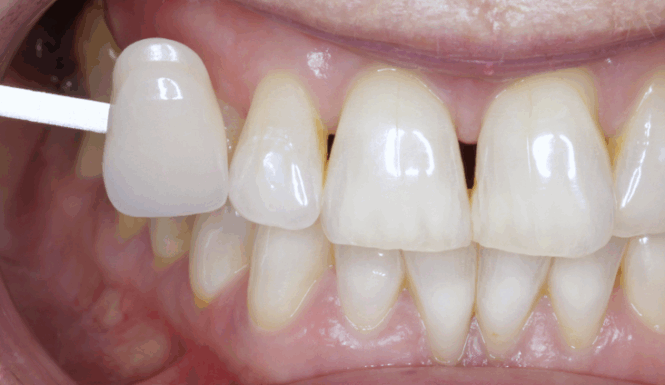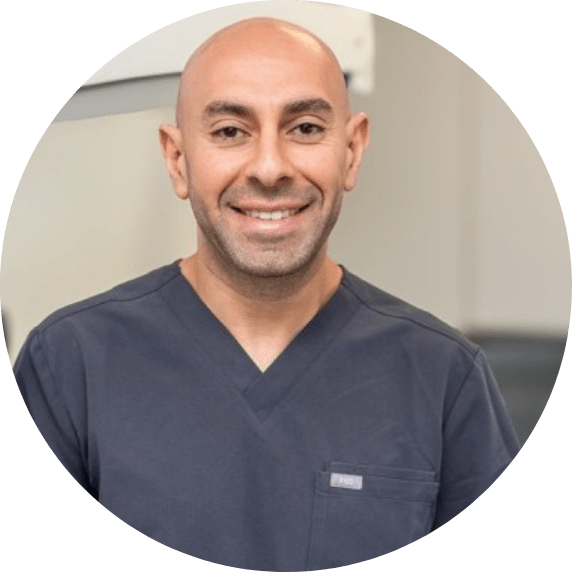When considering dental implants, one of the key factors for long-term success is ensuring that your gums and surrounding tissues are healthy and strong enough to support the implant. Tissue grafting is a necessary procedure that can help create the ideal conditions for your dental implants, particularly in cases where gum recession, thin gum tissue, or bone loss has occurred.
At our clinic, we offer advanced tissue grafting techniques to restore and enhance the health of your gum tissue, providing a solid foundation for your dental implants. Whether you’re preparing for implants or seeking to strengthen the health of your gums following previous treatments, we’re here to guide you through the process with expert care and attention.
What is Tissue Grafting?
Tissue grafting is a surgical procedure designed to restore or rebuild gum tissue that has been lost or thinned due to ageing or other factors. Healthy gum tissue is crucial for the success of dental implants, as it helps secure the implants in place and protects the underlying bone. Without adequate gum tissue, dental implants may not be adequately supported, which can potentially affect the longevity and function of your restoration.
Tissue grafting involves taking tissue from one area of your mouth (often the roof of your mouth) or using donor tissue to cover regions of recession or thinness. The graft helps to promote the growth of new, healthy tissue, restoring volume and strength to the gums.
Why is tissue grafting necessary?
There are several reasons why you might need tissue grafting in preparation for dental implants:
Gum Recession
Gum recession can occur due to various reasons, including ageing, gum disease, or aggressive brushing habits. When the gums recede, the tooth roots or implant posts can become exposed, increasing the risk of infection and compromising the aesthetic result. Tissue grafting can help restore the natural contour of the gums and provide adequate tissue around the implant.
Thin Gum Tissue
Patients with naturally thin gum tissue may lack the sufficient gum thickness needed to support dental implants securely. Thin gums can leave the implant vulnerable to infection or failure. By using tissue grafting, we can thicken the gums, providing a more stable and supportive environment for your dental implants.
Insufficient Gum Coverage for Implants
In some cases, insufficient gum coverage or a lack of healthy tissue around the implant site can make it difficult to place dental implants securely. Tissue grafting restores the gum tissue, improving both function and appearance.
Our Tissue Grafting Techniques
At our clinic, we utilise the most advanced tissue grafting techniques to ensure the best possible outcomes. The type of tissue grafting procedure you will need depends on your requirements, and we will tailor our treatment to your unique needs.
1. Soft Tissue Grafting (Connective Tissue Grafting)
This is the most common form of tissue grafting used in dental implant preparation. During this procedure, a small amount of tissue is taken from the roof of your mouth (palate) or another donor site, and then transplanted to the area where the gum tissue needs to be restored. This grafting procedure helps to rebuild both the thickness and height of the gum tissue, providing a more robust foundation for your implants.
2. Free Gingival Grafting
Free gingival grafting is used when there is a need to thicken the gum tissue in areas where the gums are naturally thin. In this technique, a small section of tissue is taken from the roof of your mouth and placed directly onto the affected site, adding thickness and strength to the gums.
3. Allografts (Donor Tissue Grafting)
For patients who don’t want tissue harvested from their palate, we offer allografts, which are donor tissue grafts. The tissue is carefully processed and sterilised to ensure safety and prevent rejection. Allografts offer a convenient alternative to self-donated tissue, providing excellent results nonetheless.
4. Synthetic Grafts
In some cases, synthetic grafts can be used. These materials are designed to mimic natural tissue and stimulate the growth of new, healthy gum tissue. Synthetic grafts are an excellent option for patients who lack suitable donor tissue for harvesting.
Benefits of Tissue Grafting for Dental Implants
- Improved Gum Health: Tissue grafting restores healthy gum tissue, reducing the risk of gum disease, infection, or implant failure.
- Stronger Foundation for Implants: By thickening the gum tissue around your implants, grafting helps to create a more secure and stable foundation, which is essential for implant success.
- Enhanced Aesthetic Results: Healthy, thick gums not only provide a better environment for implants but also improve the appearance of your smile. Tissue grafting can help ensure that your implant looks natural and blends seamlessly with your existing teeth.
- Prevention of Future Recession: Tissue grafting can prevent further gum recession, helping to protect your implants and the overall health of your gums in the long term.
What to Expect During Tissue Grafting Surgery
Tissue grafting is generally a minimally invasive procedure that can be performed under local anaesthesia, ensuring you are comfortable throughout the process. The graft material is carefully placed in the target area, and the tissue is sutured to ensure proper healing and optimal outcomes. Most patients experience a short recovery time, with the grafting site healing within a few weeks to months, depending on the technique used.
After the procedure, we will provide you with clear instructions on how to care for your gums during the healing process. Regular follow-up appointments will ensure that your tissue graft is healing correctly and that your gums are ready for your dental implants.
Get in Touch
If you’re considering dental implants but are concerned about the health or thickness of your gums, tissue grafting could be the solution you need.
Book a FREE Consultation
Back to Dental Implants

